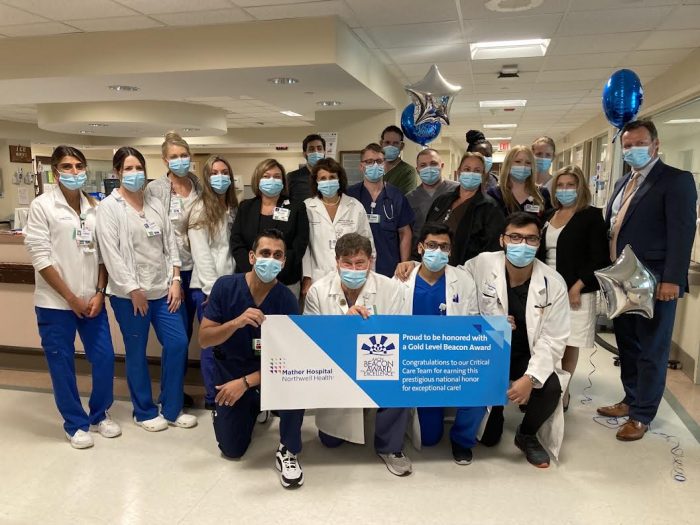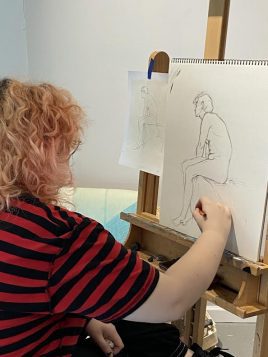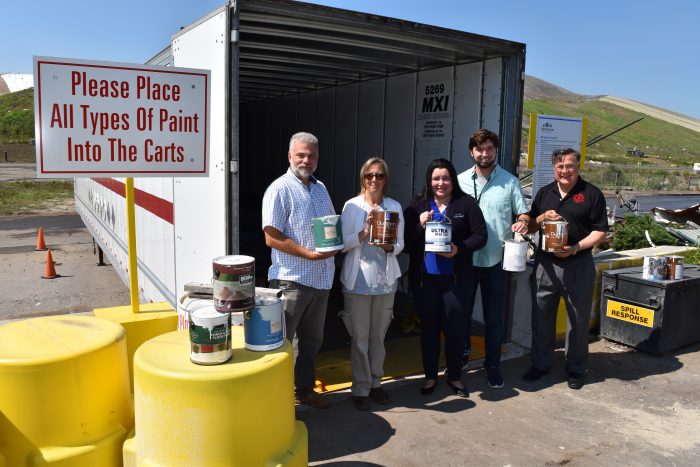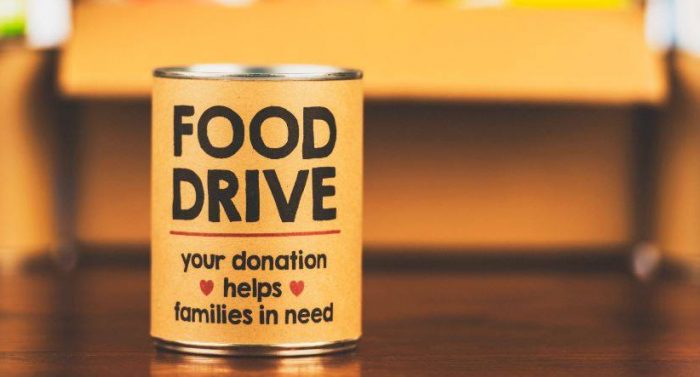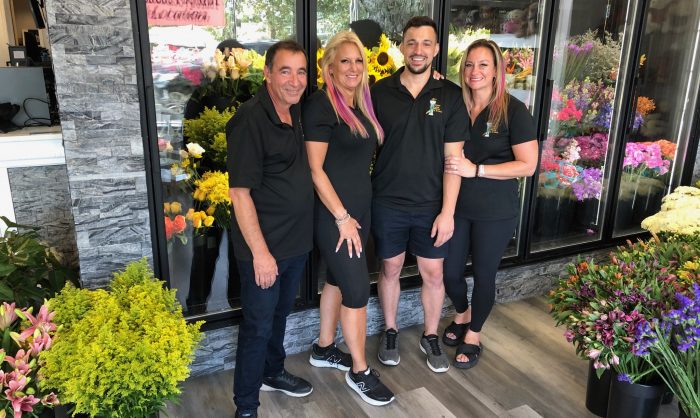Consequences can be greater than snoring and fatigue
By David Dunaief, M.D.

Good sleep contributes to our physical and mental wellbeing, however many of us struggle to get quality, restful sleep. For those with obstructive sleep apnea (OSA), quality sleep is especially elusive.
Sleep apnea is an abnormal pause in breathing that occurs at least five times an hour while sleeping. It can have an array of causes, the most common of which is airway obstruction. Some estimates suggest that about 30 million people suffer from sleep apnea in the United States (1).
Obstructive sleep apnea (OSA), also known as sleep-disordered breathing, may affect up to 30 percent of adults. OSA diagnoses are classified as either mild, moderate or severe. It’s estimated that roughly 80 percent of moderate and severe OSA sufferers are undiagnosed.
Risk factors for OSA include chronic nasal congestion, large neck circumference, excess weight or obesity, alcohol use, smoking and a family history (2). Many of these factors, however, are modifiable.
Significant symptoms of OSA tend to be quality of life issues and include daytime fatigue, loud snoring, breathing cessation observed by another, impaired concentration and morning headaches. While these are significant, it’s more concerning that OSA is also associated with an array of more serious health consequences, such as cardiovascular disease, high blood pressure and depression.
Fortunately, we have an arsenal of treatment options, including continuous positive airway pressure (CPAP) devices; oral appliances; lifestyle modifications, such as diet, exercise, smoking cessation and reduced alcohol intake; and some medications.
What is the impact on cardiovascular disease risk?
In an observational study, the risk of cardiovascular mortality increased in a linear fashion with the severity of OSA (3). For those with mild-to-moderate untreated sleep apnea, there was a 60 percent increased risk of death; for those in the severe group, this risk jumped considerably to 250 percent. However, the good news is that treating patients with CPAP considerably decreased their risk by 81 percent for mild-to-moderate patients and 45 percent for severe OSA patients. This study involved 1,116 women over a six-year duration.
Another observational study with male subjects showed similar risks of cardiovascular disease with sleep apnea and benefits from CPAP treatment (4). There were more than 1,500 men in this study with a 10-year follow-up. The authors concluded that severe sleep apnea increases the risk of nonfatal and fatal cardiovascular events, and CPAP was effective in curbing these occurrences.
In a third study, this time involving the elderly, OSA increased the risk of cardiovascular death in mild-to-moderate patients and in those with severe OSA by 38 and 125 percent, respectively (5). But, as in the previous studies, CPAP decreased the risk in both groups significantly. In the elderly, an increased risk of falls, cognitive decline and difficult-to-control high blood pressure may be signs of OSA.
Is there a cancer connection?
In sleep apnea patients under age 65, a study showed an increased risk of cancer (6). The authors believe that intermittent low levels of oxygen, caused by the many frequent short bouts of breathing cessation, may be responsible for the development of tumors and their subsequent growth.
The greater the percentage of time patients spend in hypoxia (low oxygen) at night, the greater the risk of cancer. For those patients with more than 12 percent low-oxygen levels at night, there was a twofold increased risk of cancer development when compared to those with less than 1.2 percent low-oxygen levels.
Does OSA affect male sexual function?
It appears that erectile dysfunction (ED) may also be associated with OSA. CPAP may decrease this incidence. This was demonstrated in a small study involving 92 men with ED (7). The surprising aspects of this study were that, at baseline, the participants were overweight, not obese, on average and were only 45 years old. In those with mild OSA, the CPAP had a beneficial effect in over half of the men. For those with moderate and severe OSA, the effect was still significant, though not as robust, at 29 and 27 percent, respectively.
An array of other studies on the association between OSA and ED have varying results, depending on the age and existing health challenges of the participants. Some study authors have postulated that other underlying health problems may be the cause in some patient populations.
Can diet help?
For some of my patients, their goal is to discontinue their CPAP. Diet may be an alternative to CPAP, or it may be used in combination with CPAP to improve results.
In a small study of those with moderate-to-severe OSA levels, a low-energy diet showed positive results. A low-energy diet implies a low-calorie approach, such as a diet that is plant-based and nutrient-rich. It makes sense, this can help with weight loss. In the study, almost 50 percent of those who followed this type of diet were able to discontinue CPAP (8). The results endured for at least one year.
The bottom line is that if you think you or someone else is suffering from sleep apnea, it is important to be evaluated at a sleep lab and then follow up with your doctor. Don’t suffer from sleep apnea and, more importantly, don’t let obstructive sleep apnea cause severe complications, possibly robbing you of more than sleep. There are many effective treatments.
References:
(1) sleepapnea.org. (2) JAMA. 2004;291(16):2013. (3) Ann Intern Med. 2012 Jan 17;156(2):115-122. (4) Lancet. 2005 Mar 19-25;365(9464):1046-1053. (5) Am J Respir Crit Care Med. 2012;186(9):909-916. (6) Am J Respir Crit Care Med. 2012 Nov. 15. (7) Sleep. 2012;35:A0574. (8) BMJ. 2011;342:d3017.
Dr. David Dunaief is a speaker, author and local lifestyle medicine physician focusing on the integration of medicine, nutrition, fitness and stress management. For further information, visit www.medicalcompassmd.com.


